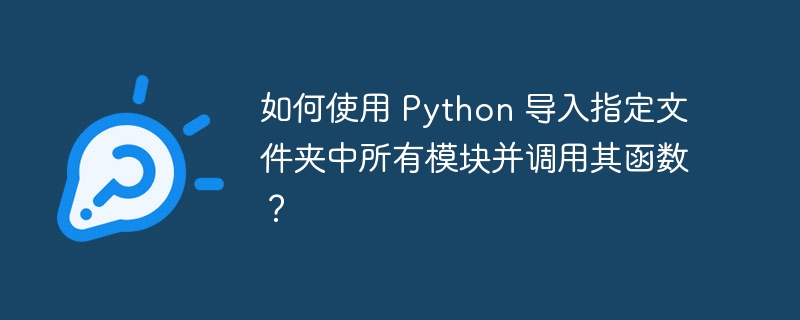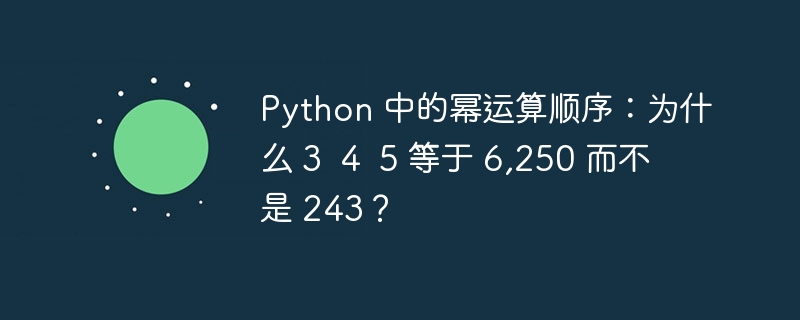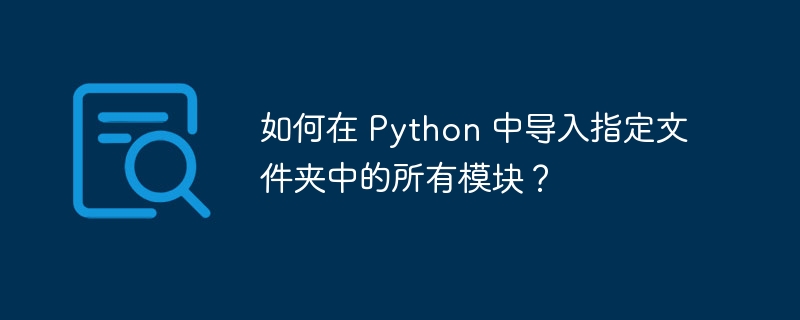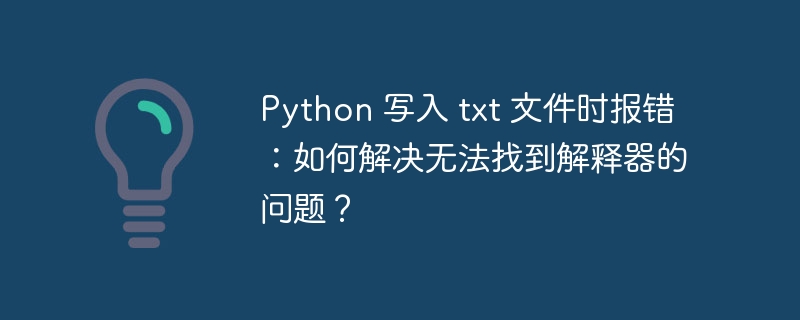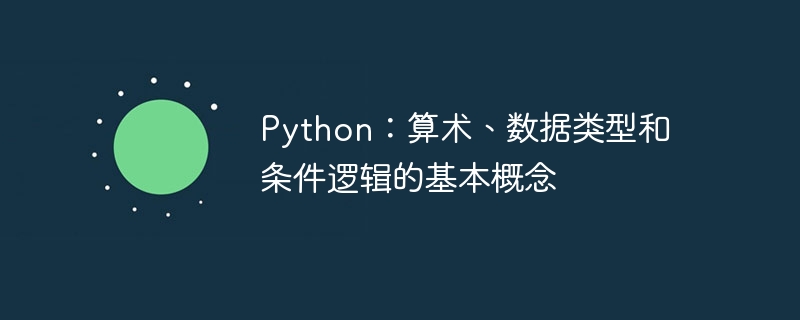
如果您是 python 新手,了解基本操作、数据类型和条件逻辑至关重要。让我们回顾一下一些基本主题。我们将通过示例探讨每个主题。
第 1 章:算术运算符
python提供了多种运算符,可以轻松执行数学运算。以下是最常见运算符的快速概述:
| syntax | action | example | output |
|---|---|---|---|
| * | multiply | 4 * 10 | 40 |
| + | addition | 7 + 9 | 16 |
| - | subtract | 23 - 4 | 19 |
| / | division | 27 / 3 | 9 |
| ** | power | 3 ** 2 | 9 |
| % | modulo | 7 % 4 | 3 |
这些运算符可帮助您处理代码中的数字。以下是一些示例:
# multiplication result = 4 * 10 print(result) # output: 40 # addition total = 7 + 9 print(total) # output: 16 # power squared = 3 ** 2 print(squared) # output: 9
您还可以使用这些运算符为变量赋值:
# define total spend amount total_spend = 3150.96 print(total_spend) # output: 3150.96
第 2 章:数据类型和集合
在 python 中,您有多种存储数据的方法,每种方法都适合不同类型的任务。
-
字符串:用于文本。您可以使用单引号或双引号定义字符串。
# defining a string customer_name = 'george boorman' print(customer_name) # double quotes also work customer_name = "george boorman"
-
列表:列表是可以包含多个值的有序集合。
# creating a list prices = [10, 20, 30, 15, 25, 35] # accessing the first item print(prices[0]) # output: 10
-
字典:字典存储键值对,允许您根据键查找值。
# creating a dictionary products_dict = { "ag32": 10, "ht91": 20, "pl65": 30, "os31": 15, "kb07": 25, "tr48": 35 } # accessing a value by key print(products_dict["ag32"]) # output: 10 -
集合和元组:
立即学习“Python免费学习笔记(深入)”;
- 集合:独特元素的集合。
- tuple:不可变列表,意味着创建后无法更改。
# creating a set prices_set = {10, 20, 30, 15, 25, 35} # creating a tuple prices_tuple = (10, 20, 30, 15, 25, 35)
第 3 章:条件关键字
python 包含几个用于评估条件的关键字,这对于代码中的决策至关重要。
| keyword | function |
|---|---|
| and | evaluate if multiple conditions are true |
| or | evaluate if one or more conditions are true |
| in | check if a value exists in a data structure |
| not | evaluate if a value is not in a data structure |
让我们看一些示例来了解这些关键字的实际作用:
- 使用和:
age = 25
income = 50000
# check if both conditions are true
if age > 20 and income > 30000:
print("eligible for loan")
- 使用或:
day = "sunday"
weather = "sunny"
# check if either condition is true
if day == "saturday" or weather == "sunny":
print("let's go to the park!")
- 用于:
fruits = ["apple", "banana", "cherry"]
# check if a value is in the list
if "apple" in fruits:
print("apple is available.")
- 不使用:
vegetables = ["carrot", "potato", "spinach"]
# Check if a value is not in the list
if "broccoli" not in vegetables:
print("Broccoli is not in the list.")
总结
本概述涵盖了 python 中算术运算、各种数据类型和条件关键字的基础知识。这些基本概念将帮助您构建更复杂的程序。
以上就是Python:算术、数据类型和条件逻辑的基本概念的详细内容,更多请关注php中文网其它相关文章!
版权声明:本文内容由网友自发贡献,版权归原作者所有,本站不承担相应法律责任。如您发现有涉嫌抄袭侵权的内容,请联系 yyfuon@163.com

![Python 写入 txt 文件报错 PermissionError: [Errno 13] Permission denied 如何解决?](/upload/img/20241107/173094030471700.jpg)
